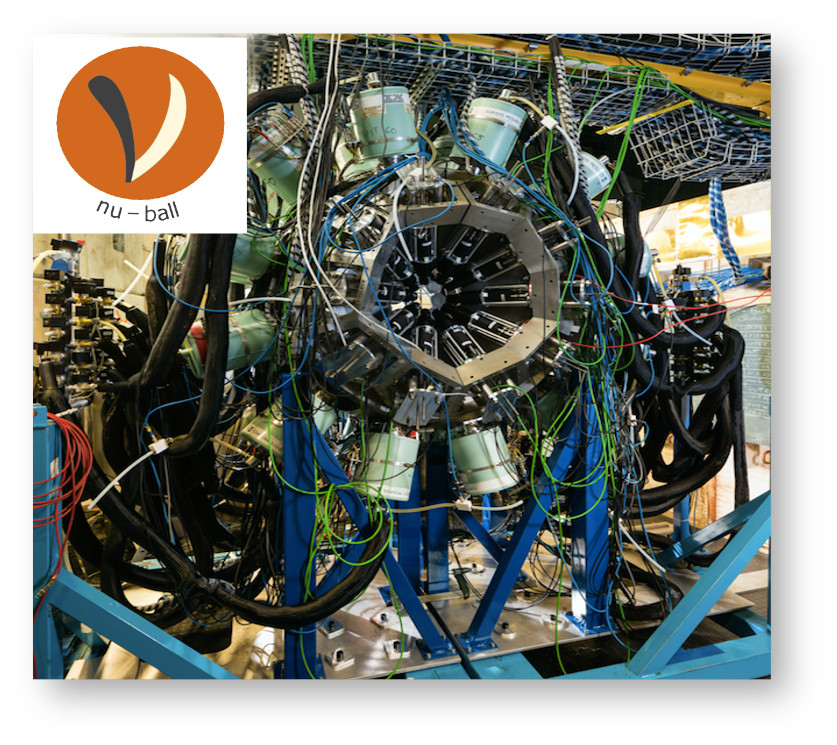Uncovering the mechanism of angular momentum generation in nuclear fission
The NU-BALL collaboration sheds light on an outstanding mystery of Nuclear Physics
Nuclear fission, in which a heavy nucleus splits in two and releases energy, was discovered at the end of the 1930s by the chemists Otto Hahn and Fritz Strassmann, and the physicists Lise Meitner and Otto Frisch. This physical phenomenon still has fascinating unknown aspects to be revealed. In the fission process, the fragments are observed to emerge spinning. This observation has been an outstanding mystery in Nuclear Physics for decades: the internal generation of around 6-7 units of angular momentum (or spin) in each fragment is particularly puzzling for systems which start with zero, or almost zero, spin.
A series of experiments at the Irène-Joliot-Curie Laboratory in Orsay, France, has now revealed, unexpectedly, that the fragments resulting from nuclear fission obtain their intrinsic angular momentum after fission and not before, contrary to what most theories have hypothesized thus far. This surprising result was made possible by the NU-BALL collaboration, an international group of nuclear physicists which has measured, with high precision, the gamma radiation emitted by the fast-neutron-induced fission of uranium 238U and thorium 232Th isotopes, in an experimental campaign that lasted 7 weeks.
These new insights into the role of angular momentum in nuclear fission are of fundamental important for a profound understanding of the fission process, with relevant consequences for other research areas, such as the study of the structure of neutron-rich isotopes, the synthesis and stability of super-heavy elements and, in applied fields, on the gamma-ray heating problem in nuclear reactors.
The results of NU-BALL have been published in Nature on 25/02/2021, https://doi.org/10.1038/s41586-021-03304-w
The NU-BALL collaboration has used a high-granularity gamma spectrometer made of more than 100 high-purity and large-volume Germanium detectors from the European GAMMAPOOL network (http://gammapool.lnl.infn.it). The collaboration includes researchers from 37 institutes and 16 countries – among them scientists from the University of Milan and the National Institute of Nuclear Physics (belonging to the GAMMA experiment from the Nuclear Physics Committee 3), who have actively contributed to the setting up of the detectors, to the data analysis and interpretation of the results, now published in Nature.
For further info:
Prof. Silvia Leoni, This email address is being protected from spambots. You need JavaScript enabled to view it.
